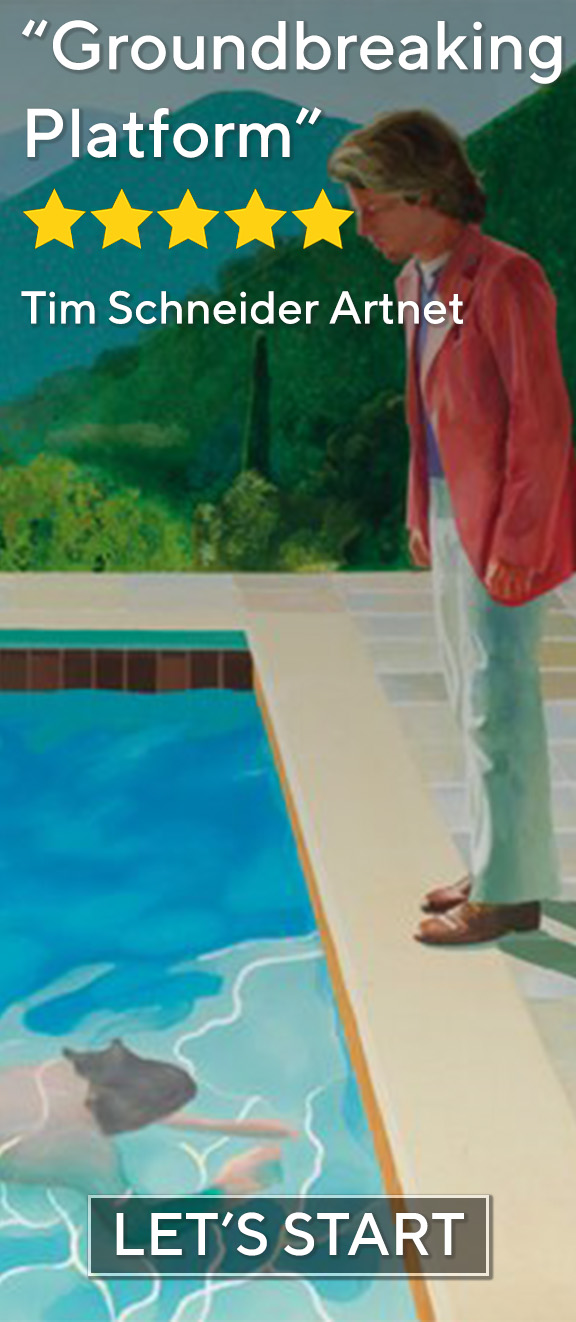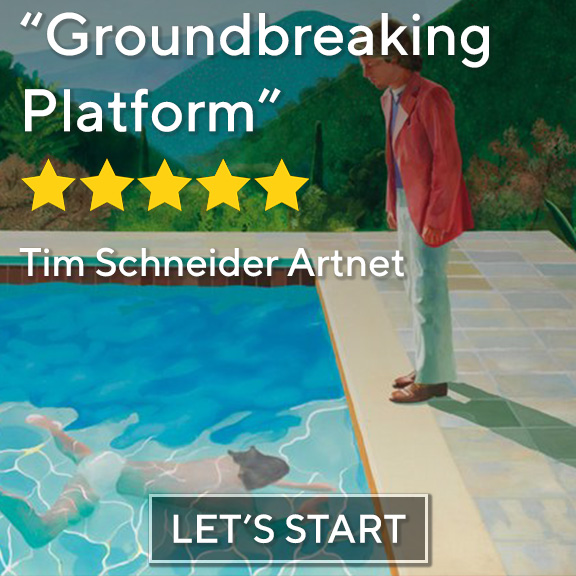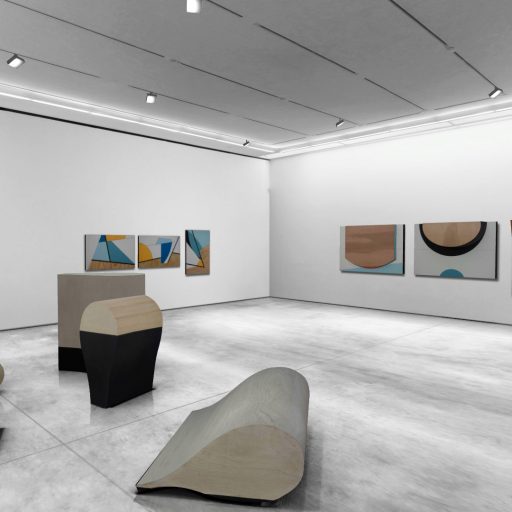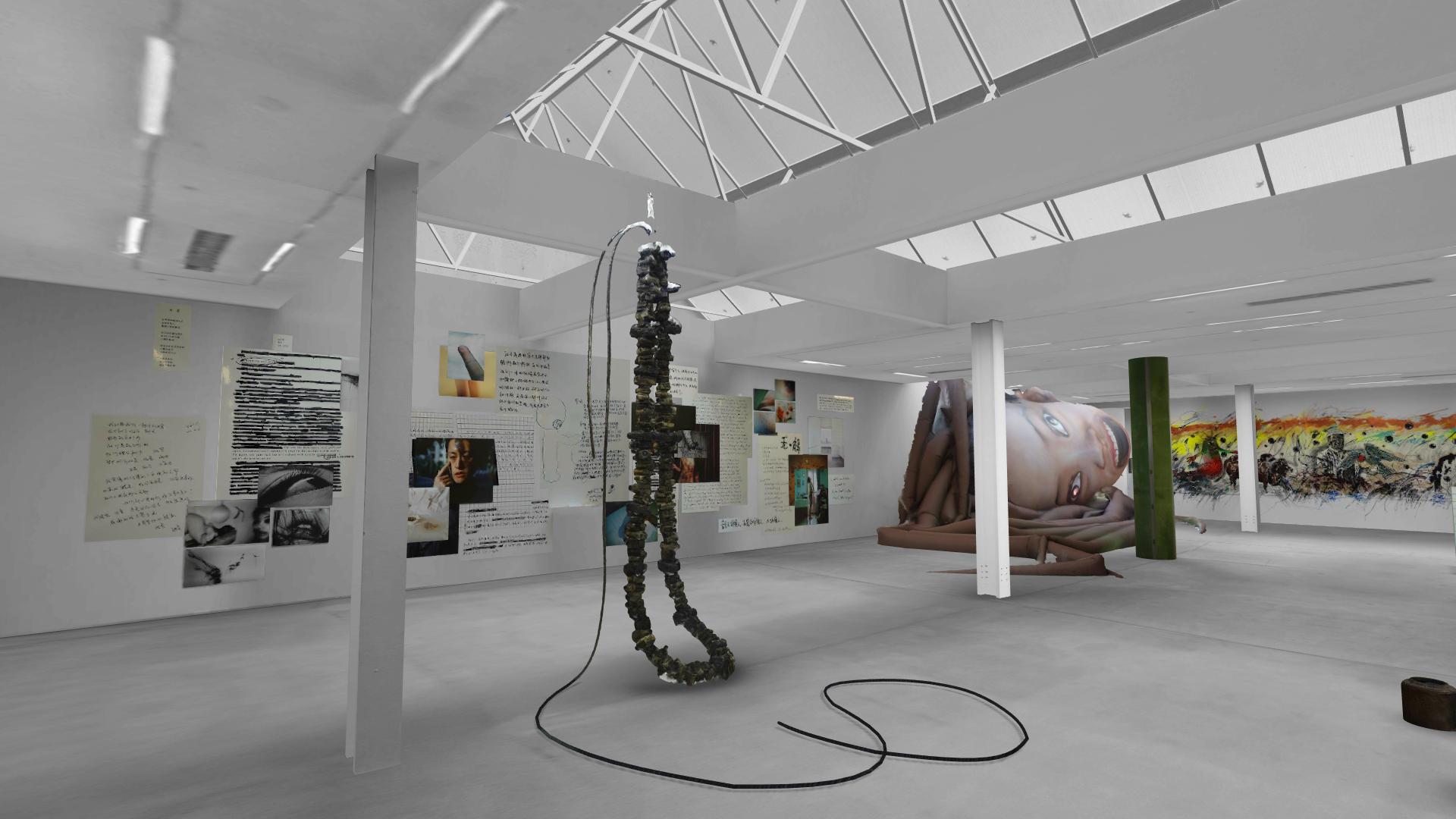
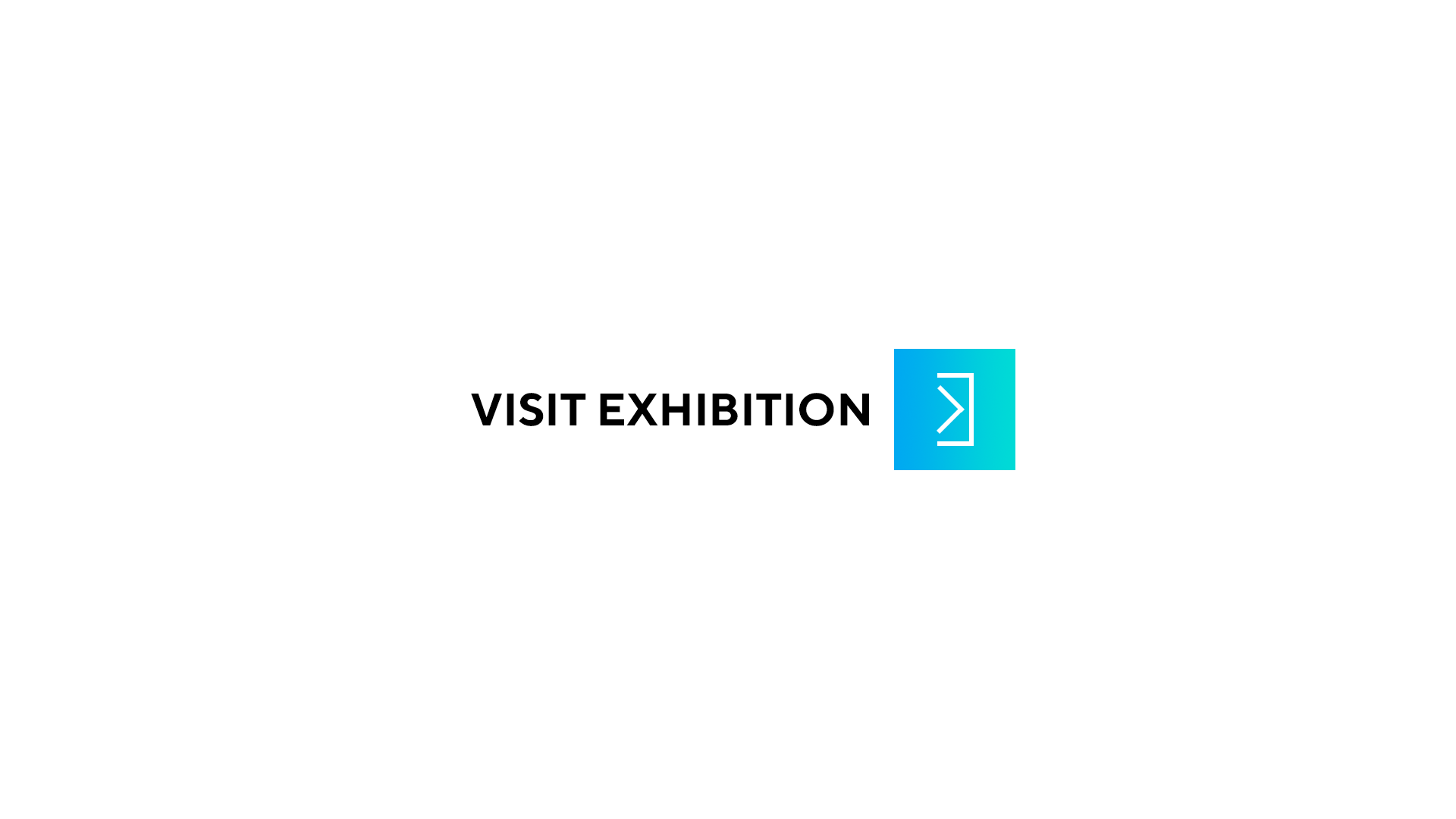
Zhongguo 2185 (China 2185) is an exhibition of ten young artists from China, whose works address the shifting cultural contexts of China – past, present, and future – while also moving far beyond those social and geographical confines.
The exhibition draws its title from Liu Cixin’s 1989 ‘critical utopian’ Science Fiction novel, ‘Zhongguo 2185’, which was written during the rapid socio-political... more >>
Zhongguo 2185 (China 2185) is an exhibition of ten young artists from China, whose works address the shifting cultural contexts of China – past, present, and future – while also moving far beyond those social and geographical confines.
The exhibition draws its title from Liu Cixin’s 1989 ‘critical utopian’ Science Fiction novel, ‘Zhongguo 2185’, which was written during the rapid socio-political reforms of the 1980s, and remains unpublished to this day – circulating only on the internet. The exhibition harnesses the ‘critical openness’ that early Chinese Science Fiction utilised and advocated in the face of authoritarian rule. It gestures towards potential futures while also constructing a critical vision of the past and present.
Curated by Victor Wang 王宗孚, Zhongguo 2185 examines a new lexicon of Chinese contemporary art – presenting a cross- section of work that complicates and disrupts the premise of a unified visual form and national aesthetic that has often been attached to Chinese ‘contemporaneity’. Bringing together new, existing and site-specific commissions and artworks, this exhibition – comprised solely of artists born after the Cultural Revolution of 1966-76 – uses the literary mode of Science Fiction (often deployed as a guise for political and personal concerns) as an entry point for exploring the frameworks that underpin contemporary art in China, and its current accelerated production.
Cixin’s short story describes a democratic China in the year 2185, in which the female president is forced to shut down the power to the country to suppress a cybernetic popular uprising, led by one of six virtually-resurrected brains. Among these six virtual revenants (albeit not the leader) is the brain of Mao Zedong. Written in the context of the ‘89 Democracy Movement’, the story opens and integrates past, present and future, in order to put forward a critique of the present – while also remaining sceptical of Western models and propositions. Embedded within this hypothetical future are prescient anxieties about gerontocracy, the impact of digital information and the Internet on society, and the complicated relationships between tradition and ‘progress’, gender equality and post-humanism.
Each of these themes finds manifestations in the exhibition. Expanding on the allegorical dimension of Liu’s novel, for example, is Lu Yang’s Power of Will - final shooting (2016), an amalgamation of previous works in which the artist’s digitally-produced avatar moves from screen to material, with a digital rendering of her head transformed into a large-scale pneumatic sculpture and installation. In Occupation (2017), Xu Qu uses damaged police surveillance technology, provided by friends working within the industry, to construct a sculpture akin to Buddhist prayer beads. Chen Zhe documents the diaristic spaces of youth in China, and the attendant issues of mental health and illness, in her expansive installations of text and photographs The Bearable (2007-2010) and Bees (2010-2012). The exhibition also features new site-specific commissions by artists such as Yu Ji, Sun Xun, and Zhang Ruyi.
Zhongguo 2185 contains three conceptual layers, constructed out of an awareness of the anachronistic state in which China’s art history – as much as its contemporaneity – operates: first a concurrent mining and canonisation of the art-historical past and present; second, a consideration of how (science) fiction, as examined by Professor David Der-wei Wang and others such as Mingwei Song, has been taken up by Chinese intellectuals as a vehicle for critically discussing the present and remaking history, as early as the turn of the twentieth century; and third, the recognition of a schism in a generation of artists currently pushing beyond what were previously considered the limits of their material, historical, and geographical territory.
The artists featured in Zhongguo 2185 are Lu Yang (born 1984, Shanghai, China), Tianzhuo Chen (born 1985, lives and w orks in Beijing, China), Yu Ji (born in Shanghai, 1985, lives and w orks in Shanghai), Zhang Ruyi (born 1985, Shanghai), Sun Xun (born 1980, lives and w orks in Beijing), Nabuqi (born 1984, Inner Mongolia, China), Chen Zhe (born 1989, Beijing, China), Xu Qu (born 1978, Jiangsu, Chin a), Tang Dixin (born 1982, Hangzhou, China), and Lu Pingyuan, (born 1984, Zhejiang province, China)






